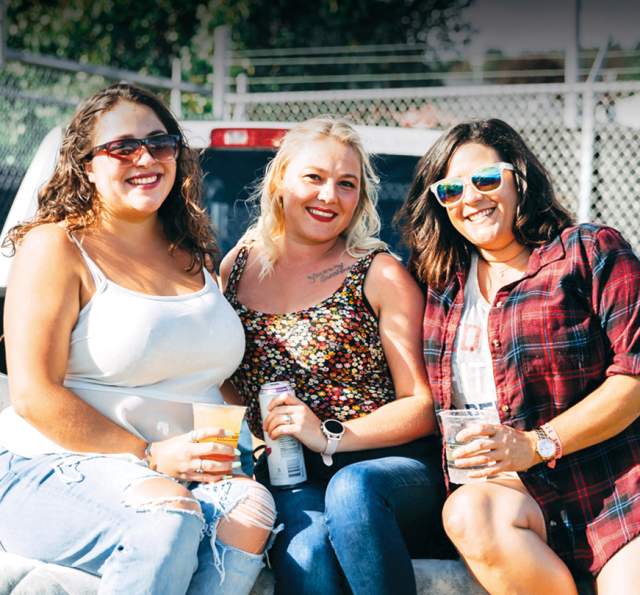Are you interested in vehicles, the history of transportation or just looking for a fun day with the family? If so, you need to stop by the Pennsylvania Trolley Museum to ride the rails of local (and worldwide) locomotive history.
A New Way to Travel
Back to Top of List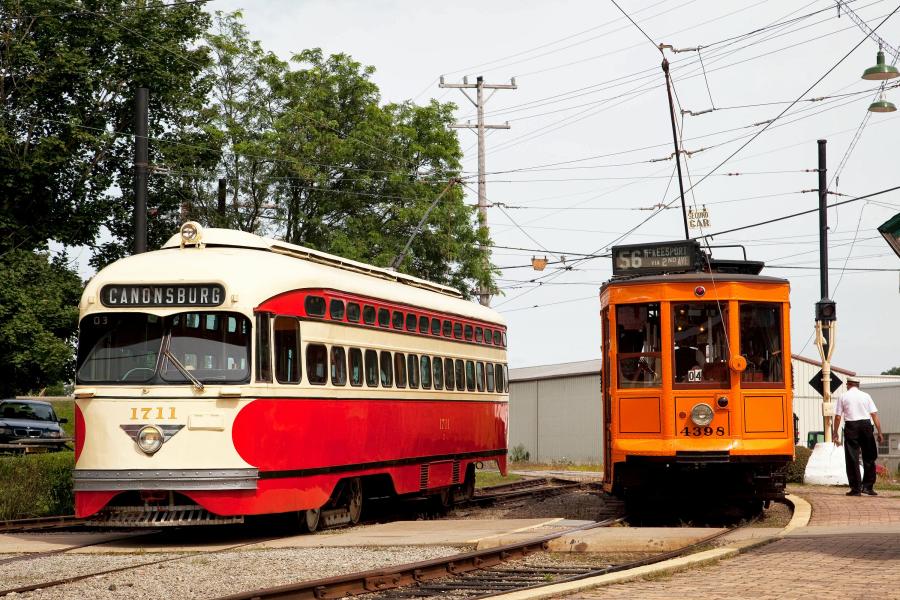
In the early 20th century, the streetcar (or “trolley”) was vital to the growth of major American cities. Because of their efficiency, people could now travel much farther and faster for work and leisure. As a result, cities expanded their streetcar routes. In fact, many of today’s suburban communities owe their existence to this expansion - streetcars helped pave the way for rapid urban expansion by way of developing low-cost rural land.
These new neighborhoods, often called "streetcar suburbs," were neighborhoods made up of not just housing, but other mixed-use properties like grocery stores, banks, multifamily buildings and drugstores. Most homes were placed within a 10-minute walk of a streetcar intersection, which helped popularize this transportation method even more.
Decline of the Streetcar
Back to Top of List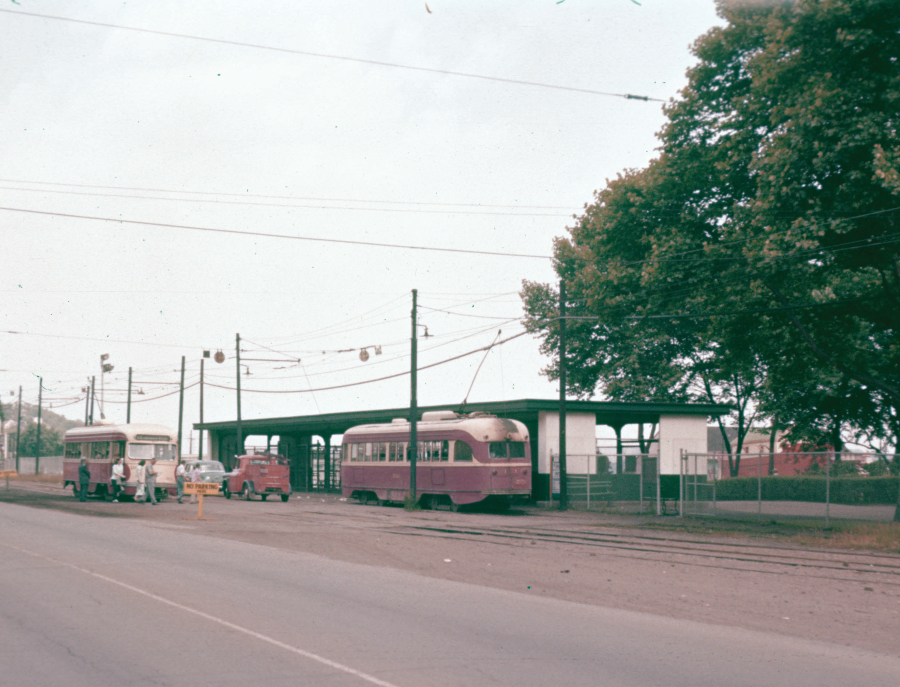
Streetcars served America through two world wars and a depression; however, advancements in transportation and automobiles like the Ford Model T greatly diminished the need for public transportation. A lack of funding combined with inflation, high maintenance costs and limited opportunities for growth also greatly contributed to the decline of streetcars all over the country. By the mid 1940's, most residents of former streetcar suburbs had turned their attention to the automobile-dependent suburbs of today.
As streetcars were slowly phased out, groups formed to preserve trolleys with the goal of operating them for future generations.
Preserving History
Back to Top of List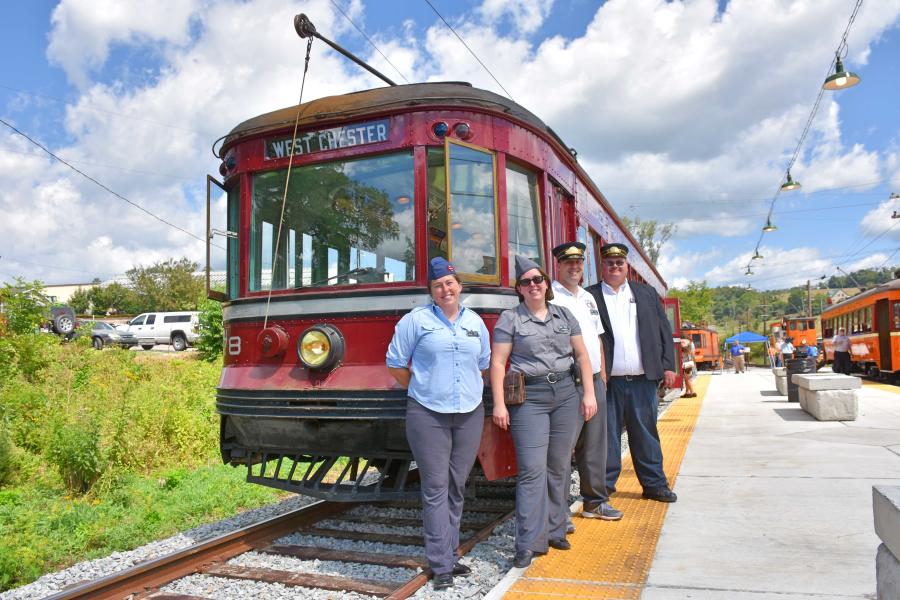
The Pennsylvania Electric Railway Club (PERC) was formed in 1946 by members of the Pittsburgh National Railway Historical Society (NRHS) chapter to help preserve the history of streetcars in the region.
PERC members purchased their first streetcar in 1949, a second car in 1952 and a third in 1953. With a variety of streetcars in their possession, PERC opened a site in Chartiers Township, Washington County on Feb. 7, 1954. This established the first trolley/streetcar museum in Pennsylvania. The museum was first known as Arden Electric Railway — which, over the years, transitioned to the name “Pennsylvania Trolley Museum.”
The Pennsylvania Trolley Museum
Back to Top of List
The museum began construction of a new building and started repairing the track and overhead lines. On Dec. 8, 1962, the streetcars were once again operational and on June 23, 1963 the museum welcomed its first official visitors.
Since opening, the museum has seen several decades of expansion. Its car collection has grown exponentially and the car house/visitor buildings have been significantly updated, with the most significant update being the expansive Welcome and Education Center that opened in November 2023.
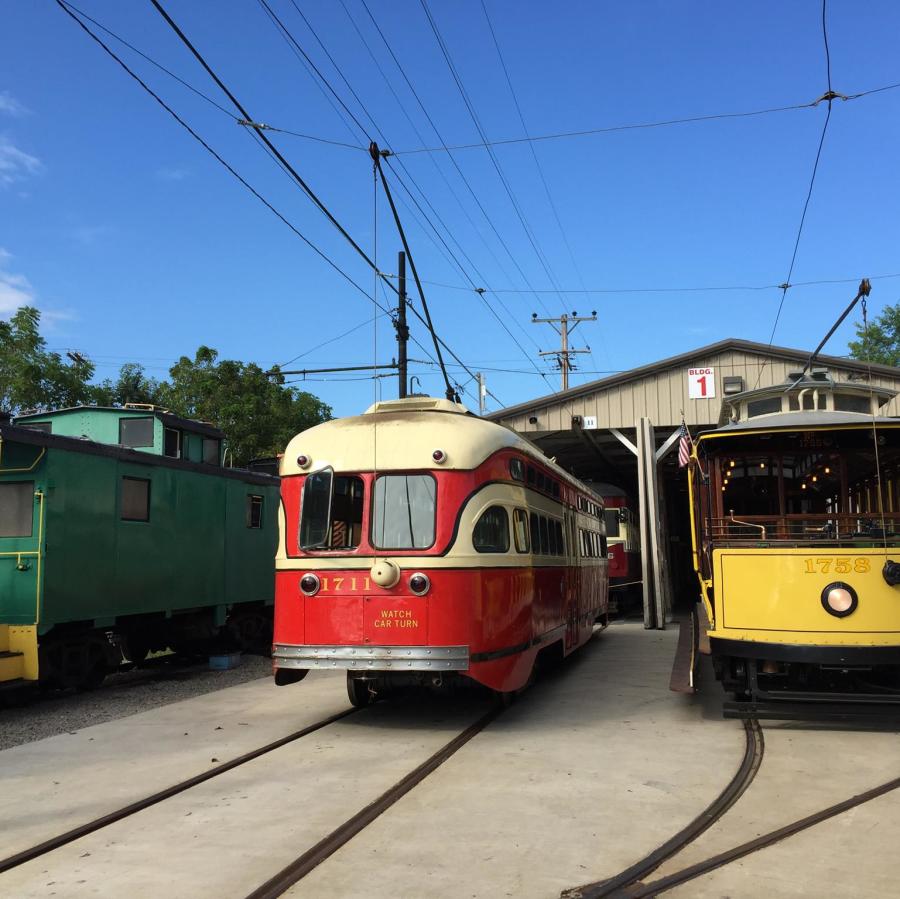
Today, the Pennsylvania Trolley Museum owns nearly 50 street and electric railway cars — 20 of which are operational on the museum’s four mile ride. Each year more 30,000 visitors are treated to a hands-on, moving history lesson. In addition to the day-to-day operations, the Pennsylvania Trolley Museum offers a variety of annual events. From trolley rides with Santa Claus and the Easter Bunny to pumpkin patch rides and summer camps, live music events, educational presentations and more, there is something for everyone. In addition to these events, guests are invited to park at the museum and ride a trolley to the annual Washington County Agricultural Fair.
If you’re interested in visiting the Pennsylvania Trolley Museum, visitors are welcomed year round, but the hours do vary seasonally. To see their hours of operation and dates of their special events, visit their website.

